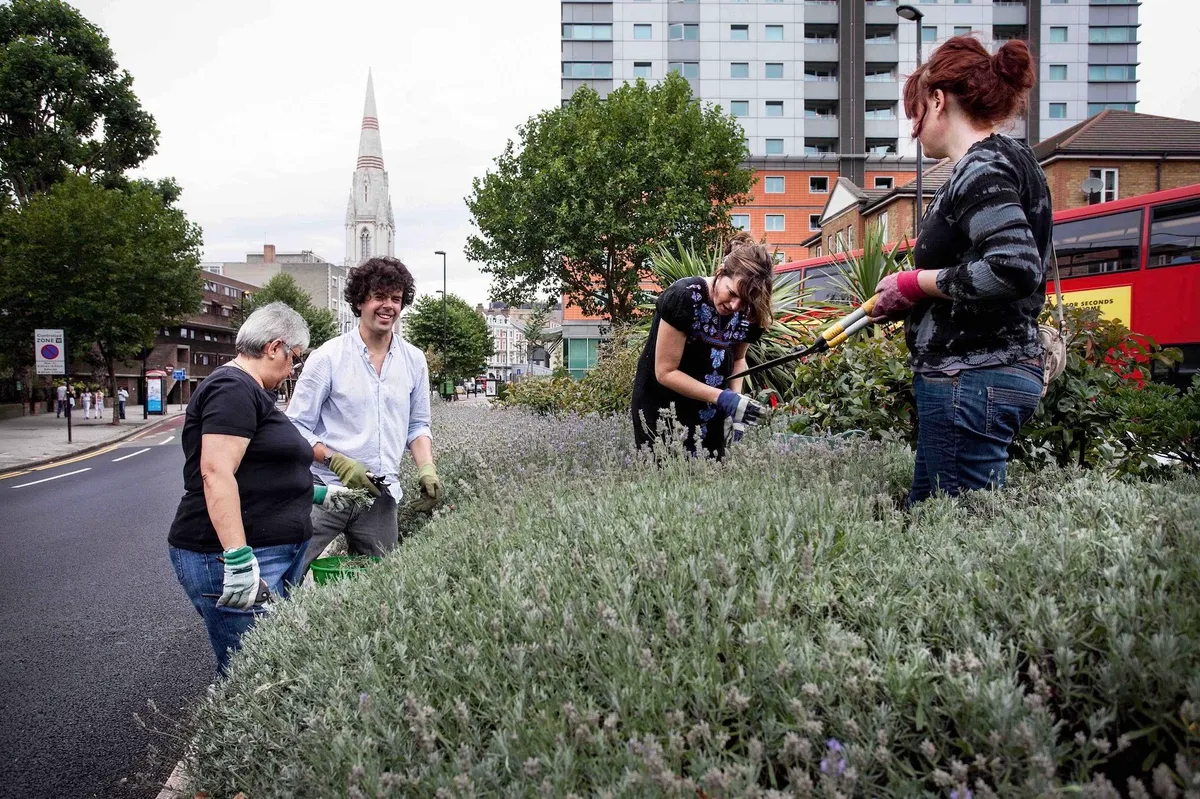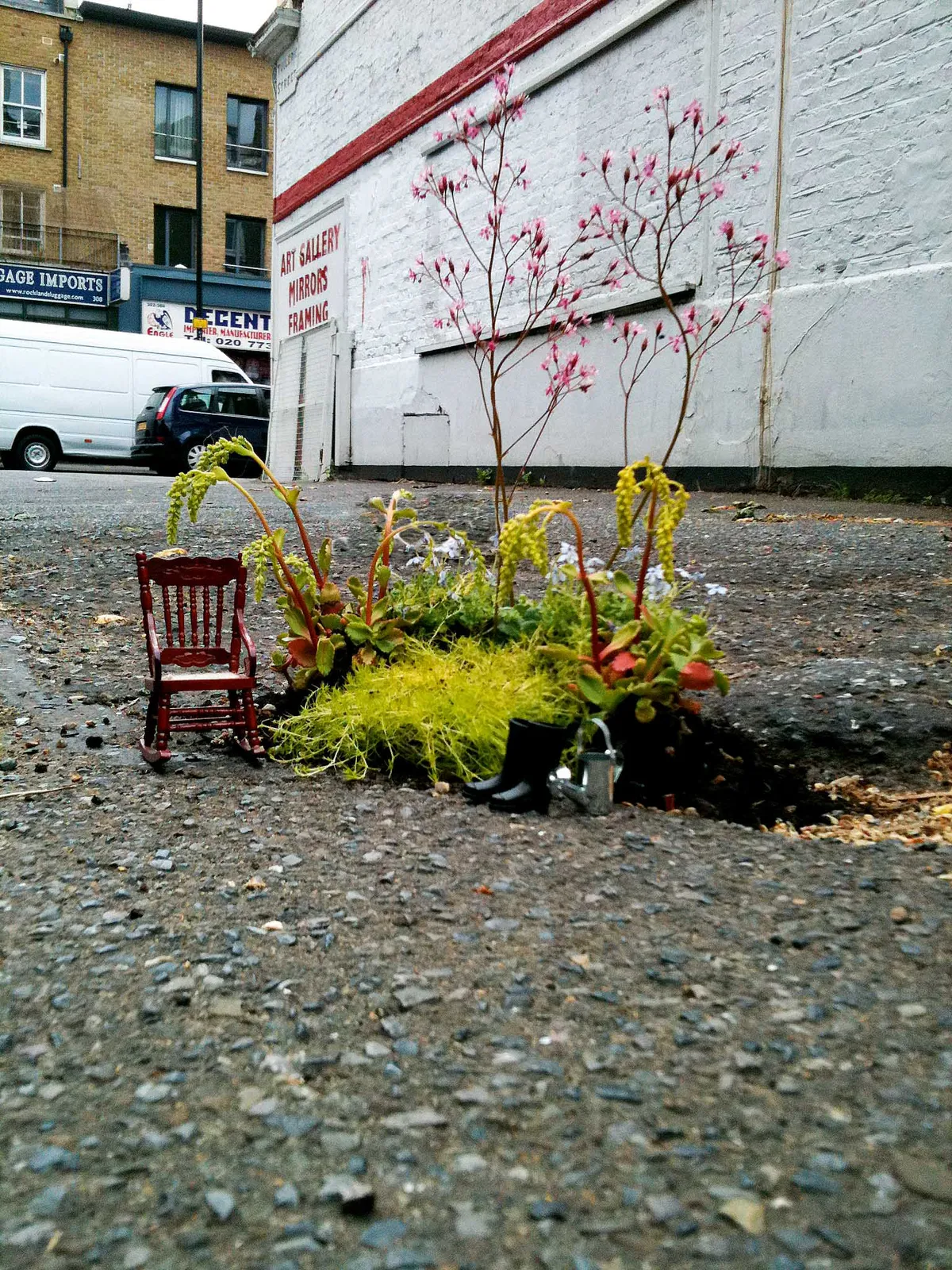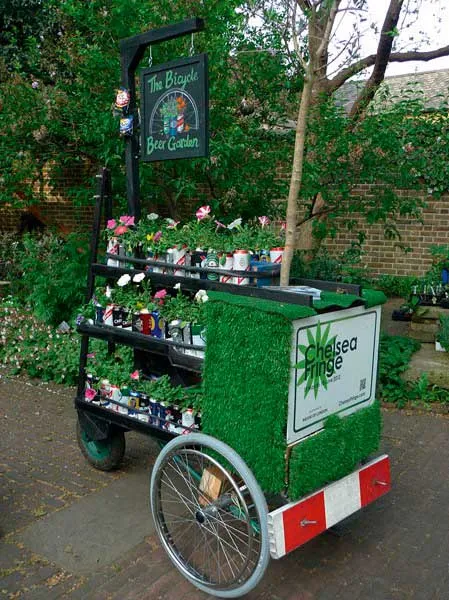What is community gardening?
Most of us are familiar with the concept of a community garden. But what is ‘community gardening’? Attempting a definition reveals the huge range, scope and potential of these activities. It’s something I’ve come to appreciate, having founded and launched the Chelsea Fringe Festival ten years ago. The aim there was to celebrate the many ways we can intersect with plants and gardens, based on the conviction that gardening is never only about horticulture. The fact this unfunded, volunteer-run festival has to date seen more than 2,500 quirky and original events in more than 20 countries is perhaps an indication of the strength and depth of interest in gardening in all its many guises.
What is a guerrilla garden?
The first permanent community garden was created in New York in 1973 by a group called the Green Guerrillas, their name an early indication of the intrinsically radical nature of this kind of activity. That example has spawned thousands of community gardens, mainly in the USA and northern Europe. Today, guerrilla gardening is often defined as ‘illicit gardening on land you do not own’. It can take the form of informal local actions, such as planting up the tree pits around the bases of street trees, or on roundabouts. Or it can be organised as a form of political and environmental action, as with the activities of the Edible Bus Stop collective in south London, or via activists such as Richard Reynolds.
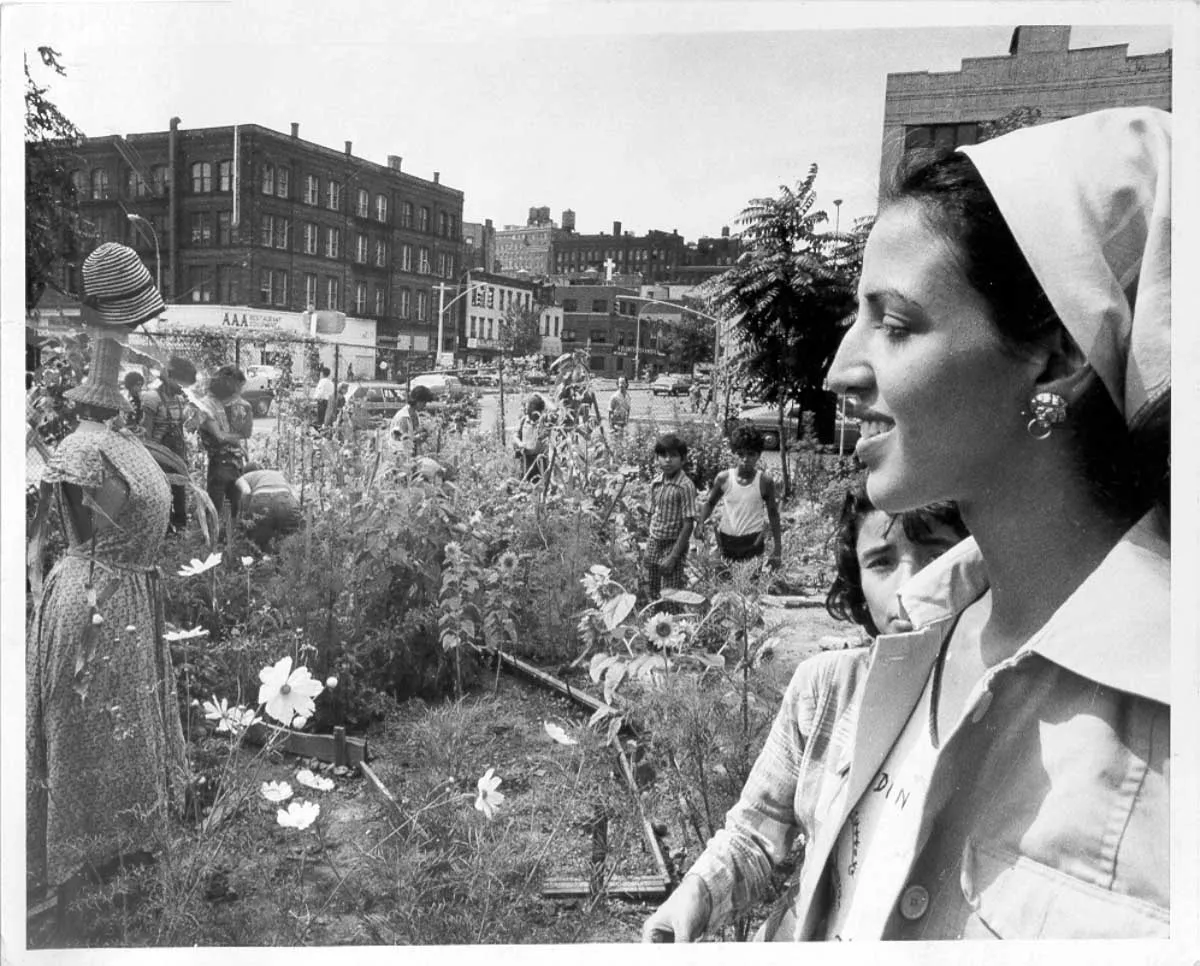
What is political gardening?
Associated with guerrilla gardening is the concept of environmental propaganda. Many of the most active guerrilla gardeners use their actions to make a wider point about the nature and upkeep – or non-upkeep – of public spaces. This can morph into quirky social-media campaigns such as that of the Pothole Gardener (Steve Wheen), who made tiny gardens in potholes and then photographed them to highlight the lack of green spaces around roads.
Linked to guerrilla gardening, but not quite the same thing, is organised on-street gardening, where groups of locals band together to create and maintain plantings in places the local council may have neglected, or on pieces of land associated with public housing. Take the Walthamstow Street Gardeners in northeast London, where the ‘guerilla’ sights include a shrub-rose garden by the roadside.
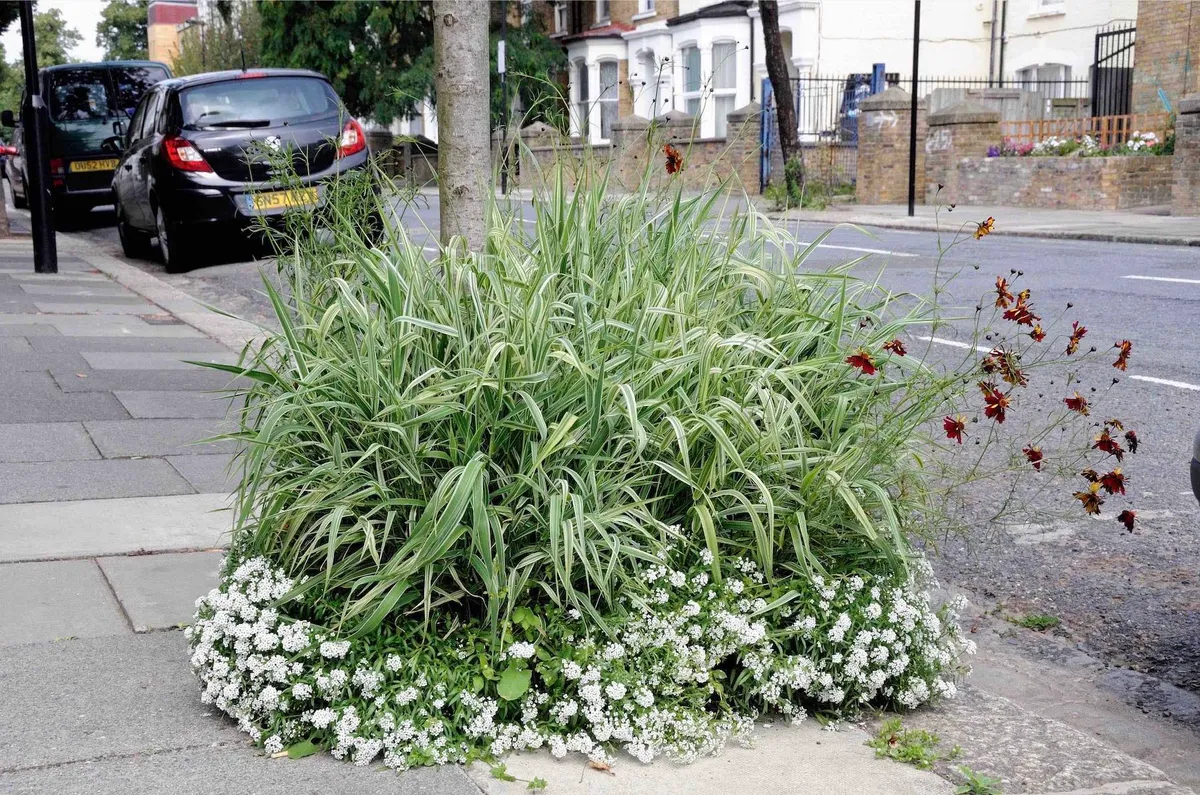
Also related to guerrilla activity is the concept of gardening in ‘meanwhile’ spaces – typically, privately owned land that may have been earmarked for housing or another use, but is not yet being developed. The difference is that permission is (usually) granted beforehand. A good example is the Omved project in Highgate, north London, a former nursery where the greenhouses regularly transform into a chic minimalist performance and gallery space.
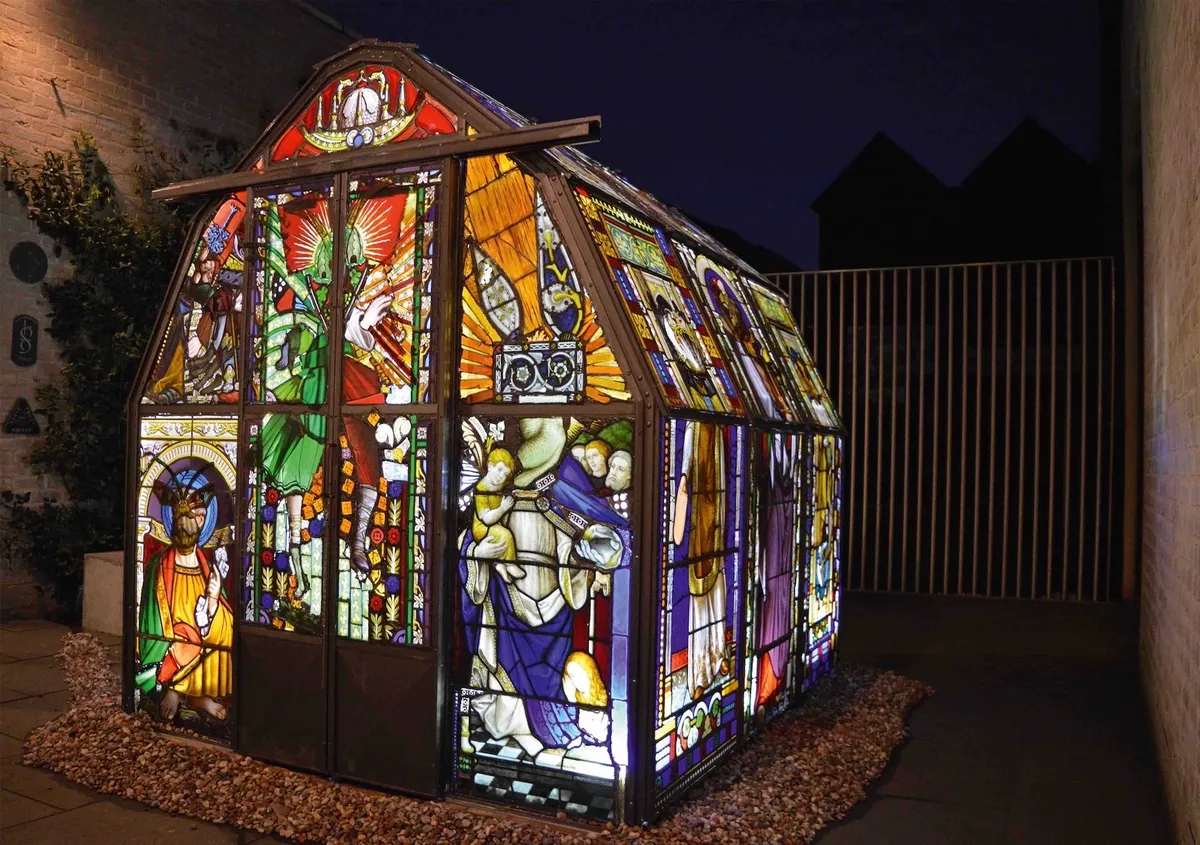
How to get started in guerrilla gardening
Community gardening projects facilitated by companies or big organisations, such as the National Trust or the RHS, offer more potential avenues, although it can be difficult to create projects with a truly personal feel if they are overseen in this way. Professional landscape architects and gardeners can lead on community gardening – witness the success of John Little’s ‘Poppy Estate’ in east London, where under his guidance the residents effectively took on the creation and upkeep of garden spaces on a former council estate.
Small local charities and not-for-profit organisations have been formed to create and foster public gardens. Garden charities, such as Thrive in Battersea Park, work with people with disabilities or those who are experiencing homelessness, addiction, bereavement and other problems, while the highly effective Bankside Open Spaces Trust works with a variety of user groups, including the St Mungo’s homelessness project.
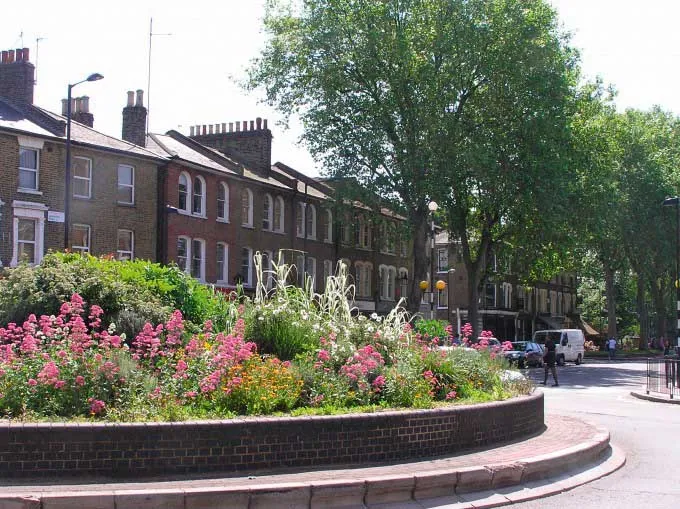
Community gardening initiatives around food and drink, and the growing of ‘edibles’, can be highly successful in a community-gardening context. Witness the Blackstock Triangle Gardeners project, a successful front-garden food-sharing scheme in north London, while the charity Abundance encourages groups across the UK to harvest the annual glut of apples and other fruits that would otherwise go to waste. Foraging walks and botanical cocktail-making are just a few of the other ideas that have proved attractive in this area. The spectacular success of Incredible Edible Todmorden in West Yorkshire has shown that an entire town can be captivated by the concept of public garden plots made by locals.
Tree-planting initiatives – or rather, announcements of them – are beloved of politicians, attracted to big numbers as a demonstration of ecological commitment, but there are some more meaningful projects out there, such as the Brixton Orchard created by the Urban Growth collective right next to a busy, multi-lane London road.
Grow your own medicine
Florists have also become much more active in community gardening, with several companies now focusing exclusively on British wildflowers. In Widnes in Cheshire, the Wonky Garden is a garden project that is successfully growing and selling cut flowers to fund its community projects. Throughout the Covid lockdown it delivered flowers to those in need of a pick-me-up at the local hospice and in care homes.
The use of plants in medicine and healing is another growth area that can form the basis of community-garden practice. The knowledge of herbalists, on how to grow, harvest and prepare plants for remedies, can be deployed in a community garden setting. In the mainstream, several GP practices now have gardens tended by patients who have been prescribed gardening as part of their longer-term treatment. The British Medical Association has hosted several day conferences on the topic in recent years, as part of the Chelsea Fringe. And of course gardens themselves can be conceived as healing spaces: an open-air setting for activities such as yoga, tai chi, silent walks and forest bathing.
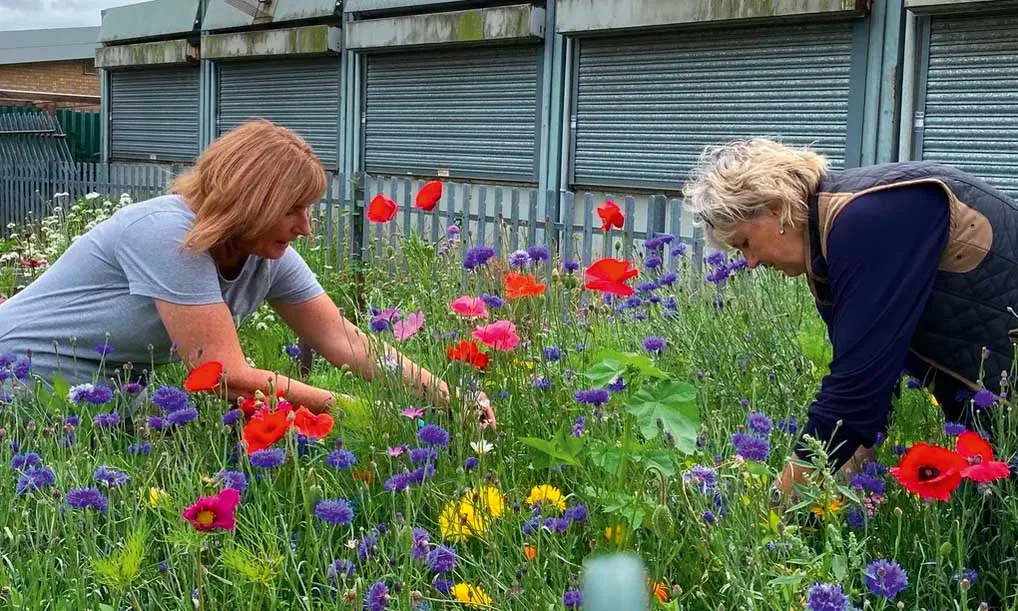
Scientific groups and institutions, such as the South London Botanical Institute, where the back garden functions essentially as a community space, are another way forward for community gardeners seeking to make an impact. Another scientific aspect of the community-garden world is the ecology garden, managed primarily for the benefit of birds and pollinating insects. Linked to this is the teaching of a range of rural-based activities including beekeeping, hedge laying and dry-stone walling – skills that can be honed in town as well as country.
The art of guerrilla gardening
Museums – especially smaller ones, such as the Horniman in south London – can provide excellent opportunities and space for community gardening, as well as garden spaces for the community to enjoy. The Hepworth Wakefield Garden, designed garden by Tom Stuart-Smith, is one such example. The arts are an exceptionally rich wellspring of community-garden activity. From on-street garden installations made by gardener-artists such as Tony Heywood, with his ‘stained-glass greenhouse’, to artistic actions such as performance- and sound-art or reverse graffiti – where dirty walls are jet-washed using a stencil to create images – there is no limit to artistic interaction with public open spaces.
Music performances, poetry, film shows and even stand-up comedy have all found their niches in the community-garden world. Craft, too, has proven a natural bedfellow to community gardening, with ‘guerrilla knitters’ working with garden groups to stake a claim over public space, while activities such as paper-making, dye production and textile work have a clear kinship with gardening. Quite often there is an environmental-political edge to such activities – for example, the creation of temporary gardens in car-parking spaces. A number of artistic groups, such as Phytology in east London and Kultivator in Sweden, have made this kind of work their mission.
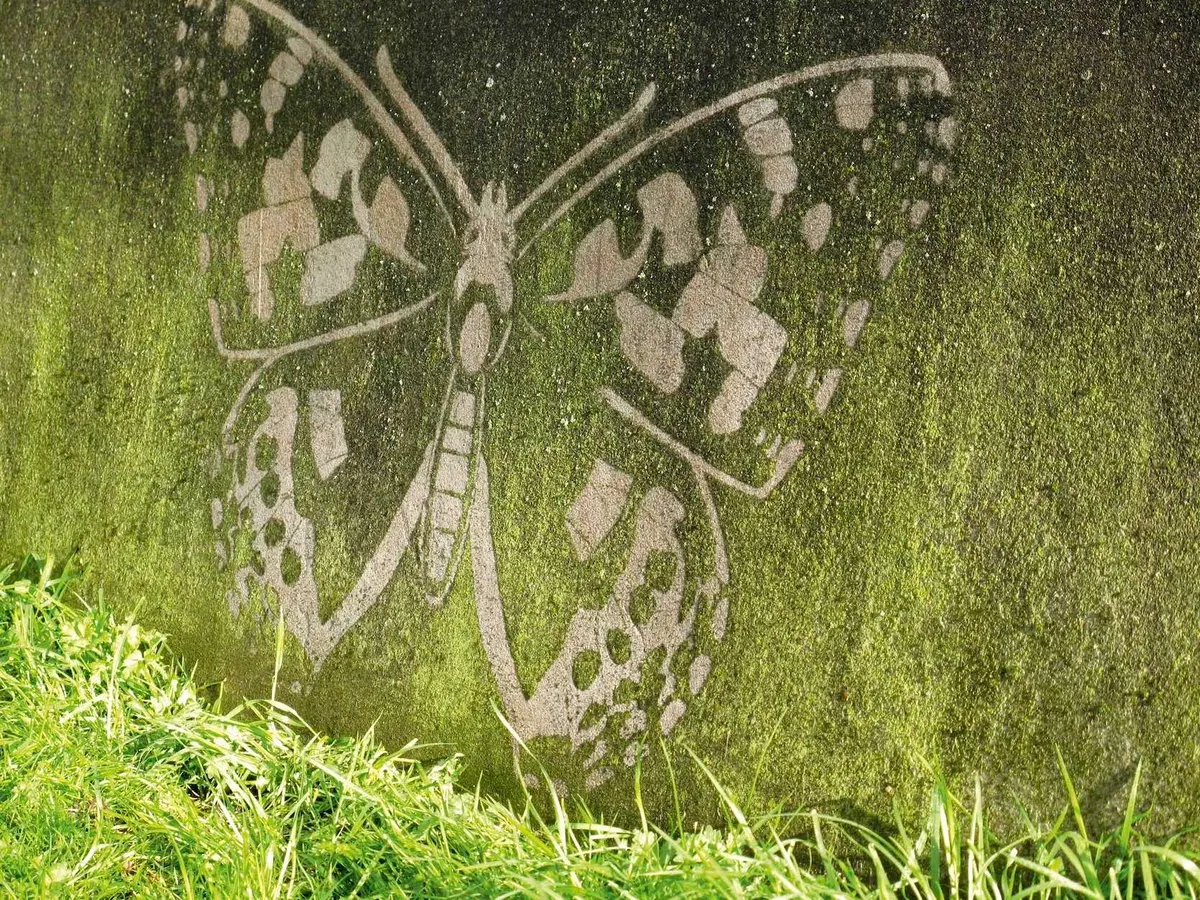
There remains a natural radical edge to community gardening, which tends to attract independently minded people who have a strong sense of connection to the local area. And if we are talking definitions, perhaps it’s worth remembering that ‘radical’ can also mean: ‘grown from the roots’.
